The Orlando Area Fishing Report from Spotted Tail 2.19.12
Upcoming Events Dept-
-Merritt Island NWR Show and Tell Seminars- March 3 and 4. Read More Here…
Four days were spent on the water this week.
On Monday Pat Macginn and Richard LongItalianName (no, I can’t do any better than that) joined me for some paddling on the Banana River Lagoon. Actually they mostly pumped their legs with the Hobie kayaks. We got to the first fishing spot and there was a big redfish.
Kayak charters can be difficult. If you lead the anglers so they know where to go you get all the first shots. If you have them go first they don’t know where they’re going. So- there was the big fish, right in front of me. I fired a black bunny leech out and it inhaled it.
Pat passed me and spotted four reds. He fired a jerk worm out and one of the fish inhaled it. It was by far the biggest red he’d ever caught. So we’ve been fishing for thirty minutes and have two pushing-twenty-pound reds photo’d and released already.
I would like to report it stayed that way but that would be a large exagerration. However, at least a half dozen reds in the slot were caught, as well as a dozen or so trout that were mostly over the slot. The lures of choice were a 3 inch DOA Shrimp, and a Skitter Walk. All the fish were released.
It was an awesome day all in all.
Tuesday I spent hundreds of dollars at the auto repair shop. 🙁
Wednesday John Pusateri joined me for some Mosquito Lagoon fishing. The weather was incredible. The fishing was not. I hadn’t been out there in 10 or 12 days and the fish have mostly moved. The first two spots did not show a single fish. Then we had some fly shots (a black bunny leech) at a big school of black drum. They just gave us the fin. We tried for almost an hour without a sniff and gave up.
At the last spot we tried John was tossing a 3 inch DOA Shrimp into sandy potholes and got a couple nice trout and a couple reds, salvaging an otherwise very slow day.
I filleted one of the reds and did a stomach autopsy. It had three or four small blue crabs in there.
Thursday found me in the Banana River Lagoon again. In my canoe was Ed Redman, a fly fisher from North Carolina. In the kayak was Todd Redman, official son of Ed, likewise a fly fisher.
We gurgled up a few trout, then went on the hunt for redfish. It is not uncommon for anglers who attempt wading in the mucky lagoon mud to fall down. So it happened with Ed. I walked him around in the canoe and talked him into the biggest redfish of his life, which took a wool crab.
Then it was Todd’s turn. Using the same fly he threw to a pair of reds. One swam off, one swam over and inhaled the fly. It was also the biggest red he’s ever caught.
We had shots more or less all afternoon but those were all the bites we had.
Friday Ed joined me in the canoe again. Todd was in Roger Cook’s canoe. Again, we gurgled up a few trout and then looked for redfish. Roger scored first. It was (are you ready for this?) the biggest red he’d ever taken on fly.
Ed then hooked one on the crab fly. He got a little too impatient and straightened the hook. He soon had another bite but missed the strike.
I saw what I thought was a huge herd of fish, and poled over their as fast as I could. If we’d had a lettuce fly we could have thrown to a half dozen manatees that were my “fish.” Not the first time that’s happened to me…
Todd and Ed switched boats. It took a while but Todd stuck a red that took a wool crab. I grabbed the leader but the fish wasn’t ready to be grabbed and I had to let go Then the fish came off, so no photo of that one.
Then Todd and I went gurgling again and got a half dozen trout before bagging it for the day.
Altogether a wonderful two days, lots of fish, real nice weather, awesome people. This is why life is great and I love my work!
Life is short. Go Fishing!
John Kumiski
http://www.spottedtail.com
All content in this blog, including writing and photos, copyright John Kumiski 2012. All rights are reserved.
|
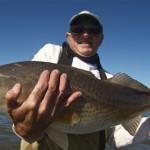
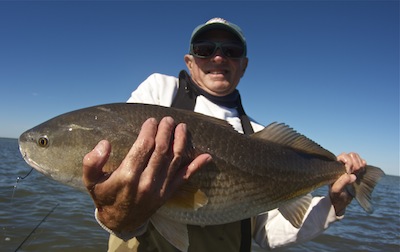
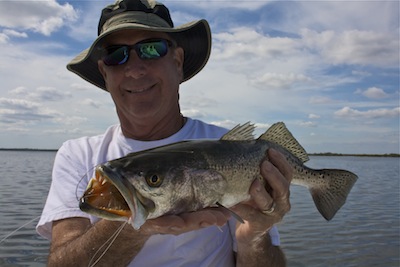
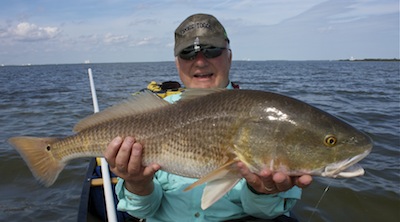
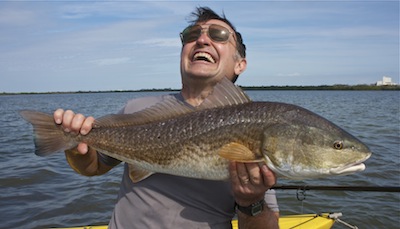
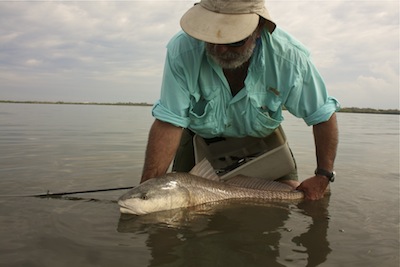
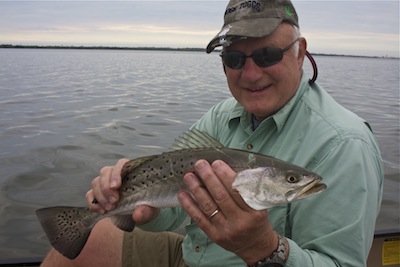
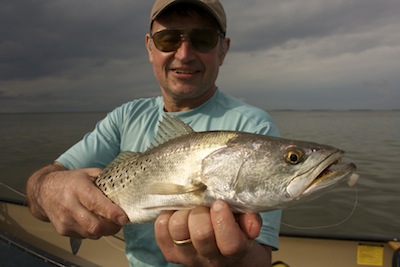
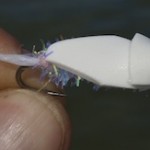
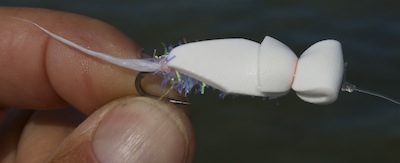
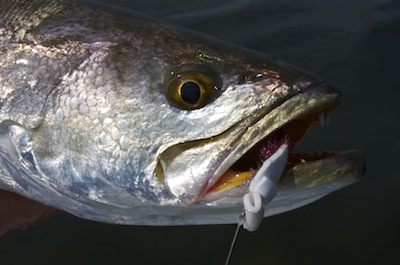
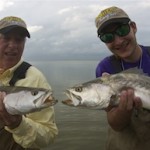
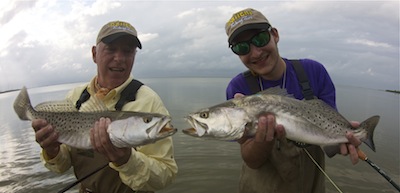
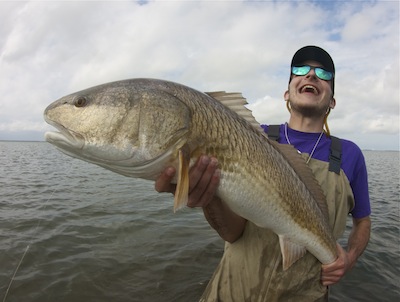
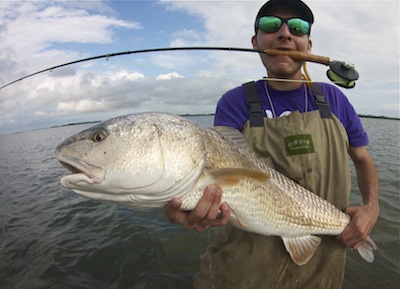
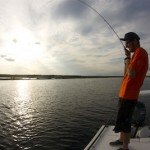
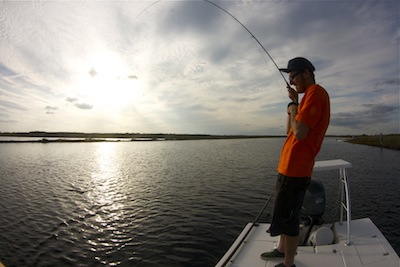
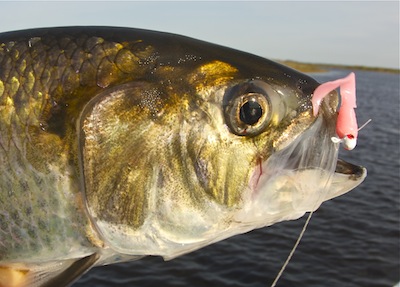
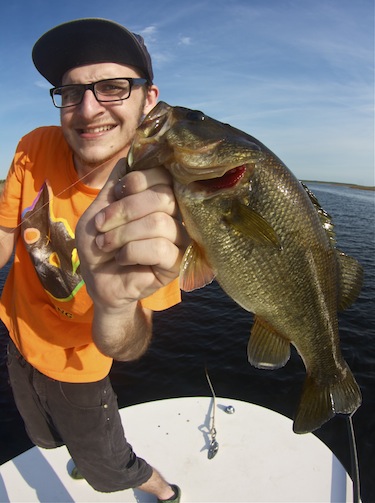
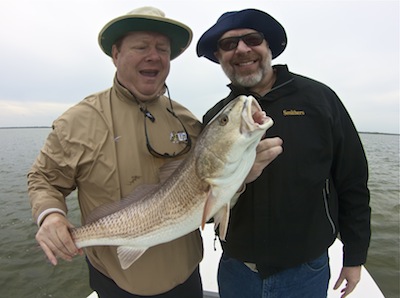
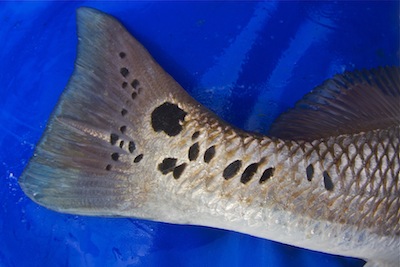
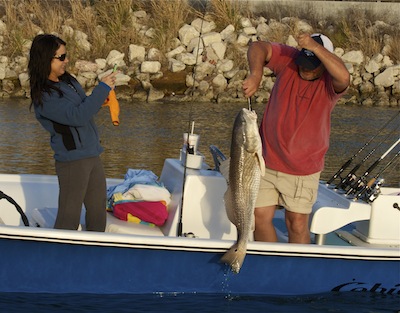
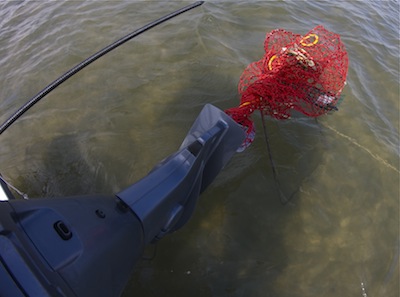
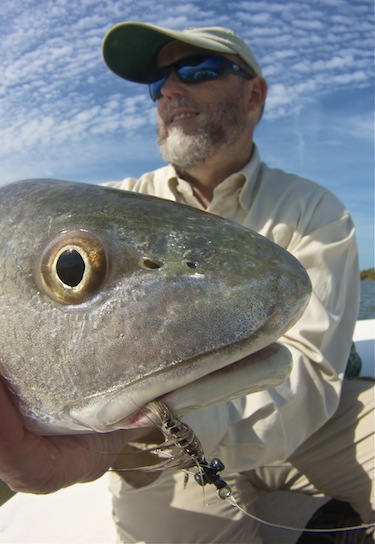
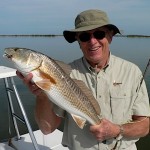
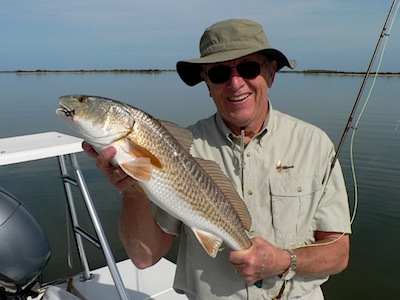
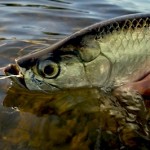
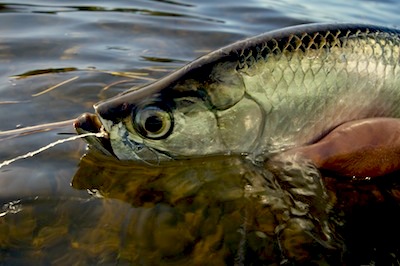
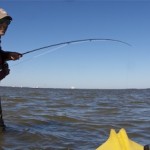
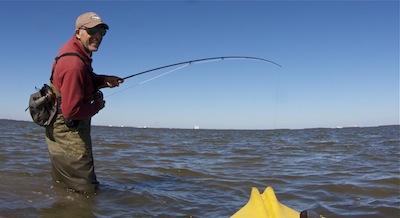
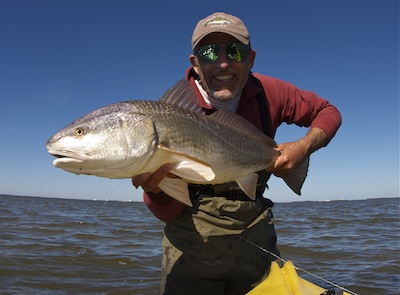
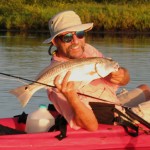
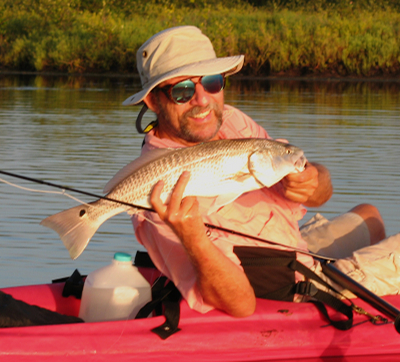
Recent Comments